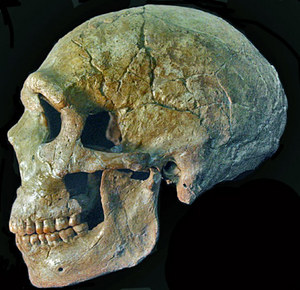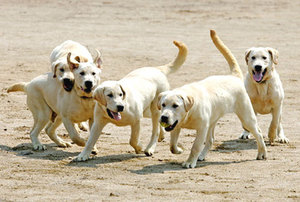Neandertals had big mouths that they were able to open unusually wide, new research has determined.
A recent study found that a combination of facial structure, forward-positioned molars, and an unusually large gap between the vertical parts of the back of the jaw allowed Neandertals (also spelled Neanderthals) to gape widely.
Modern humans and our direct ancestors don't have these traits, the researchers note.
But the team was unable to measure exactly how far Neandertals could open their mouths.
"This ability is connected to the length of the muscle fibers, which, of course, we don't have," said study co-author Yoel Rak, a professor of anatomy at Tel Aviv University's Sackler Faculty of Medicine.

|
| ©Yoel Rak
|
A Neandertal skull found in the Lower Galilee region of Israel displays a wide gap between the vertical part of the jaw and the wisdom teeth.
This gap, combined with other unique facial structures, allowed Neandertals to open their mouths very wide, although researchers are still not sure why they had this ability.
|
